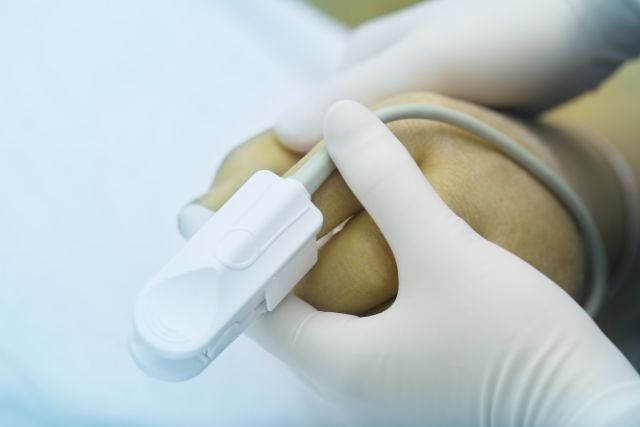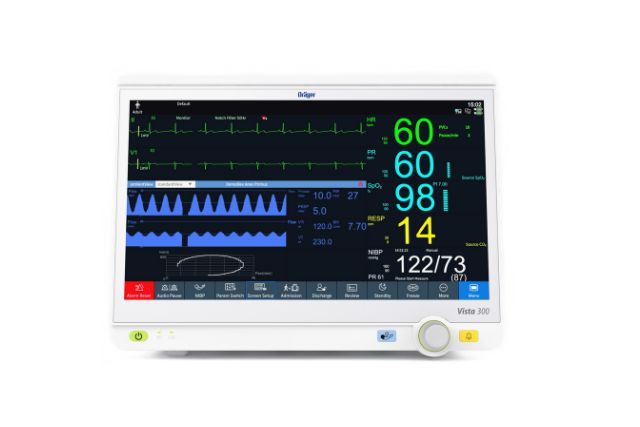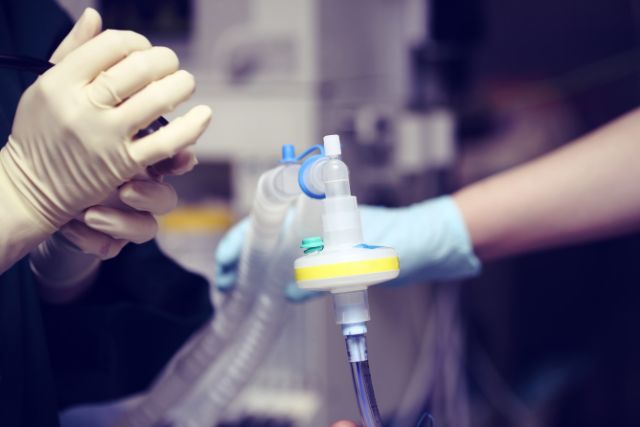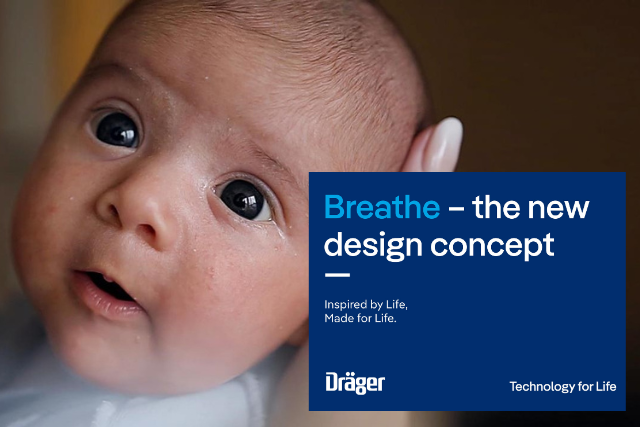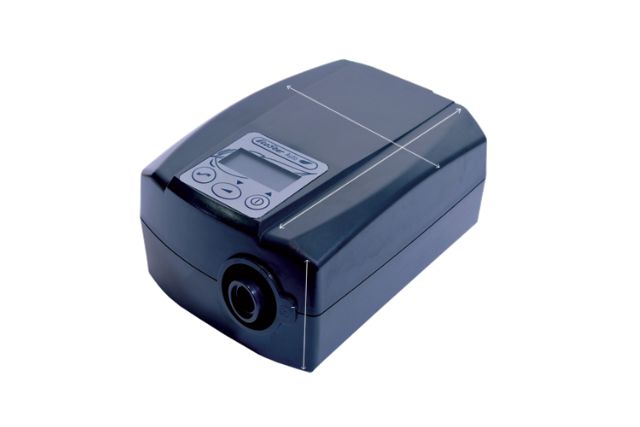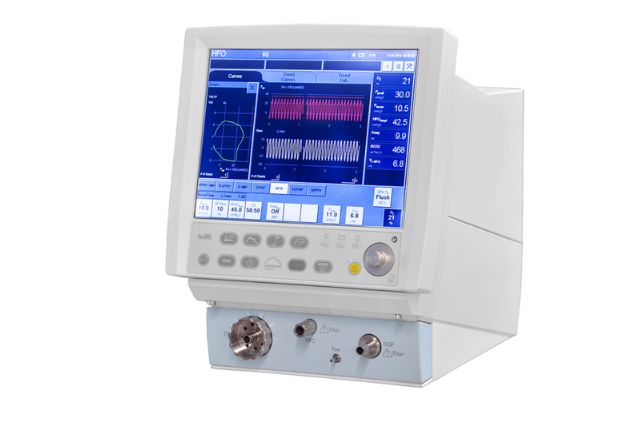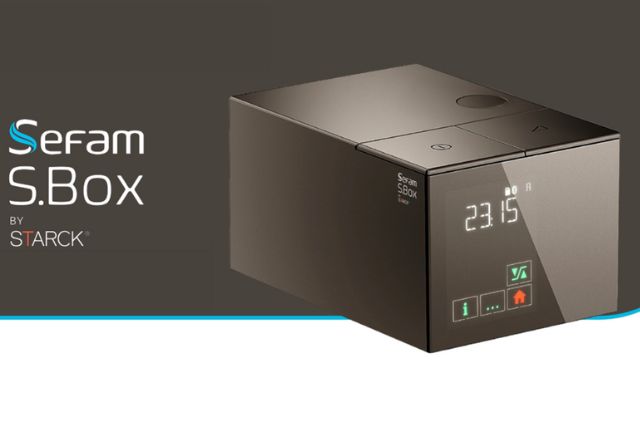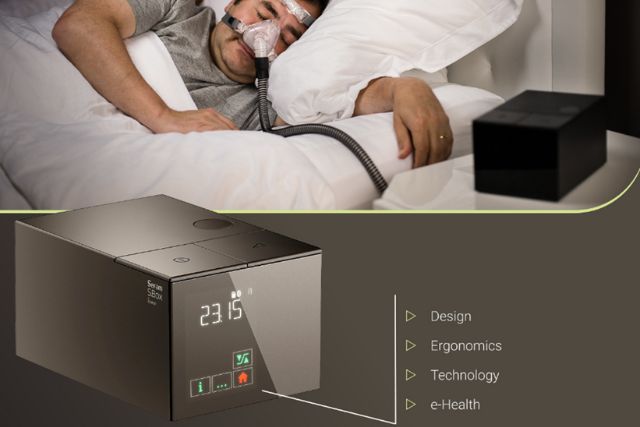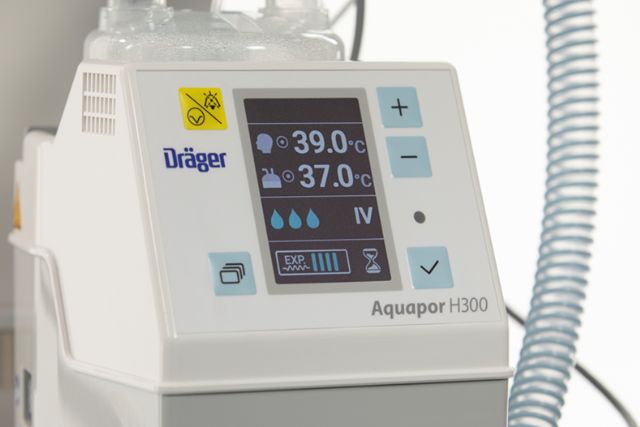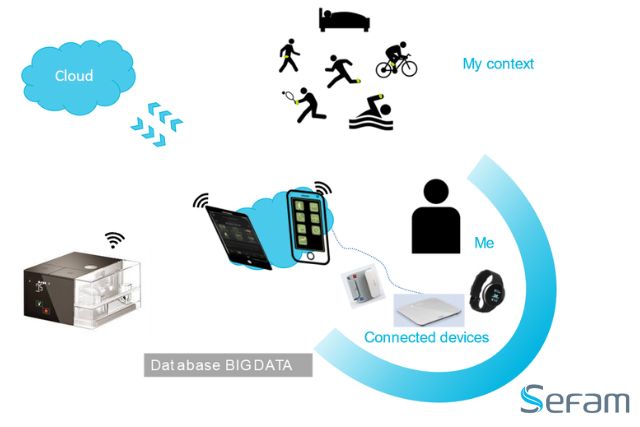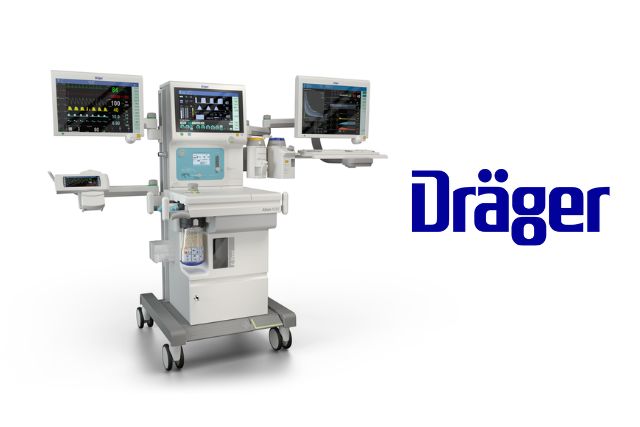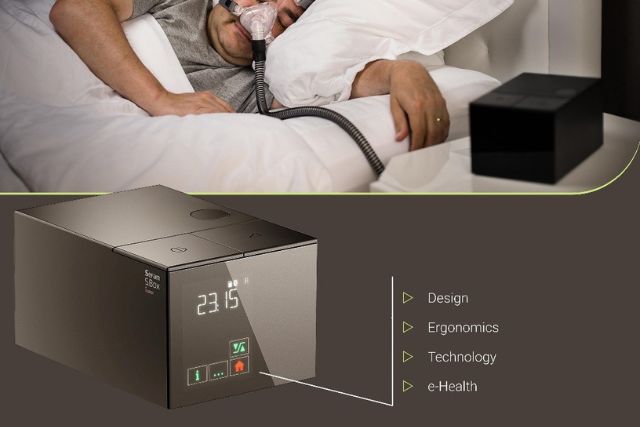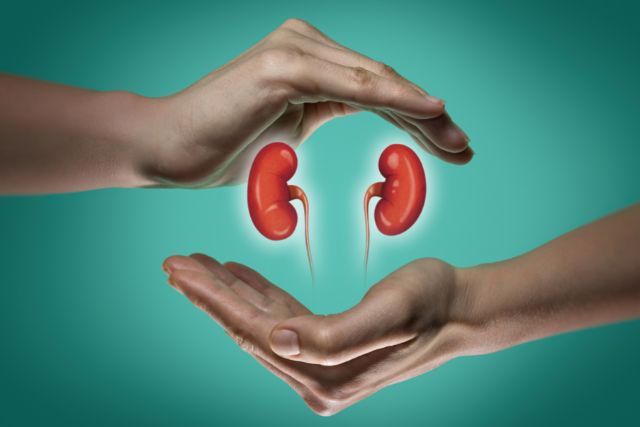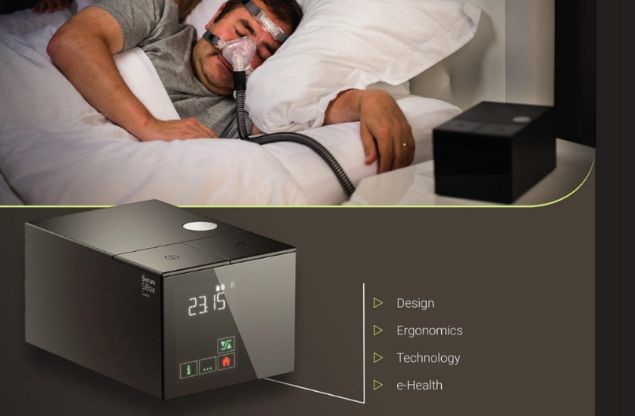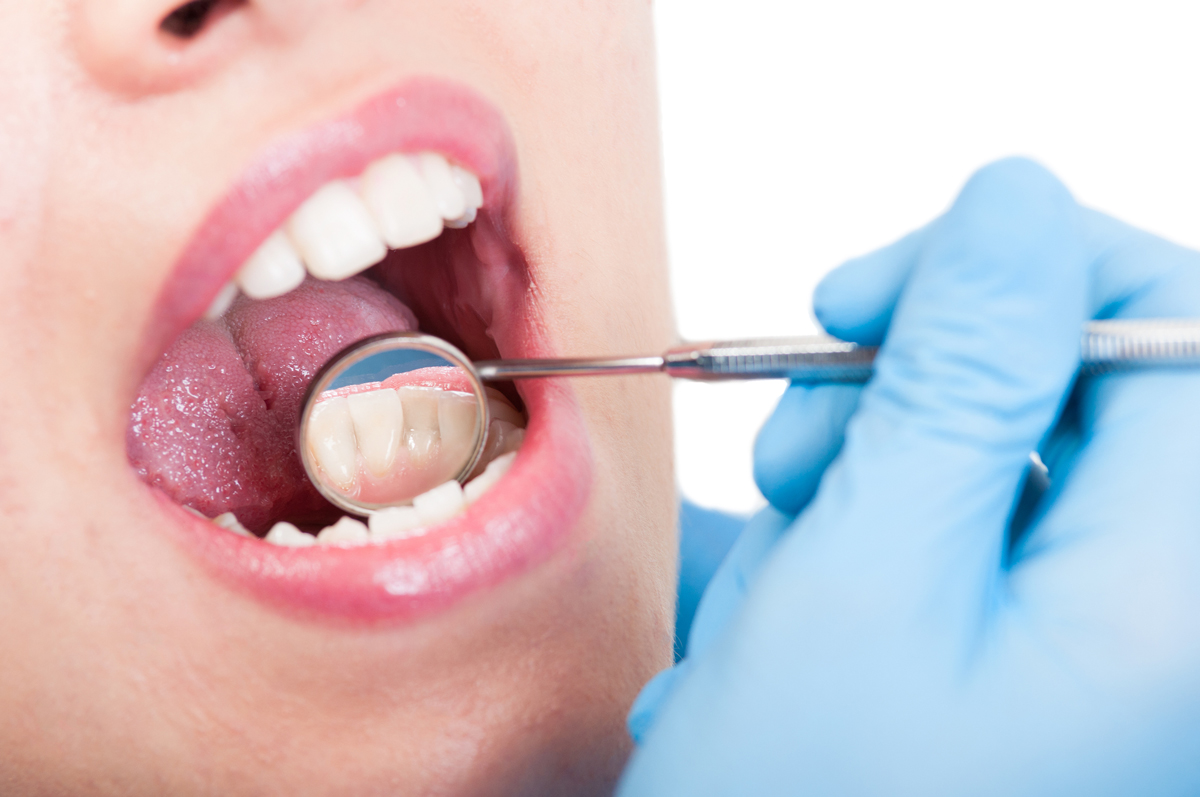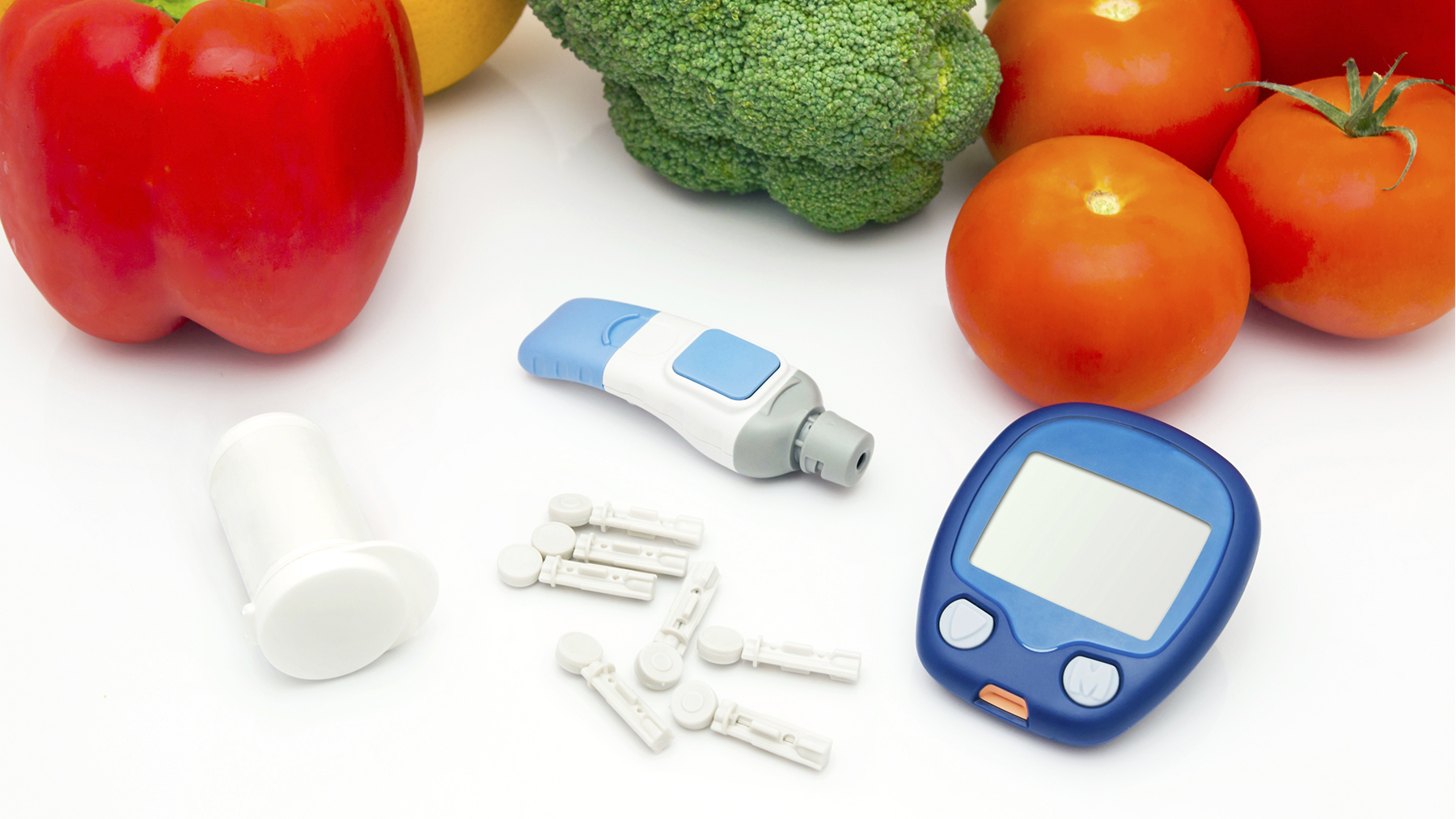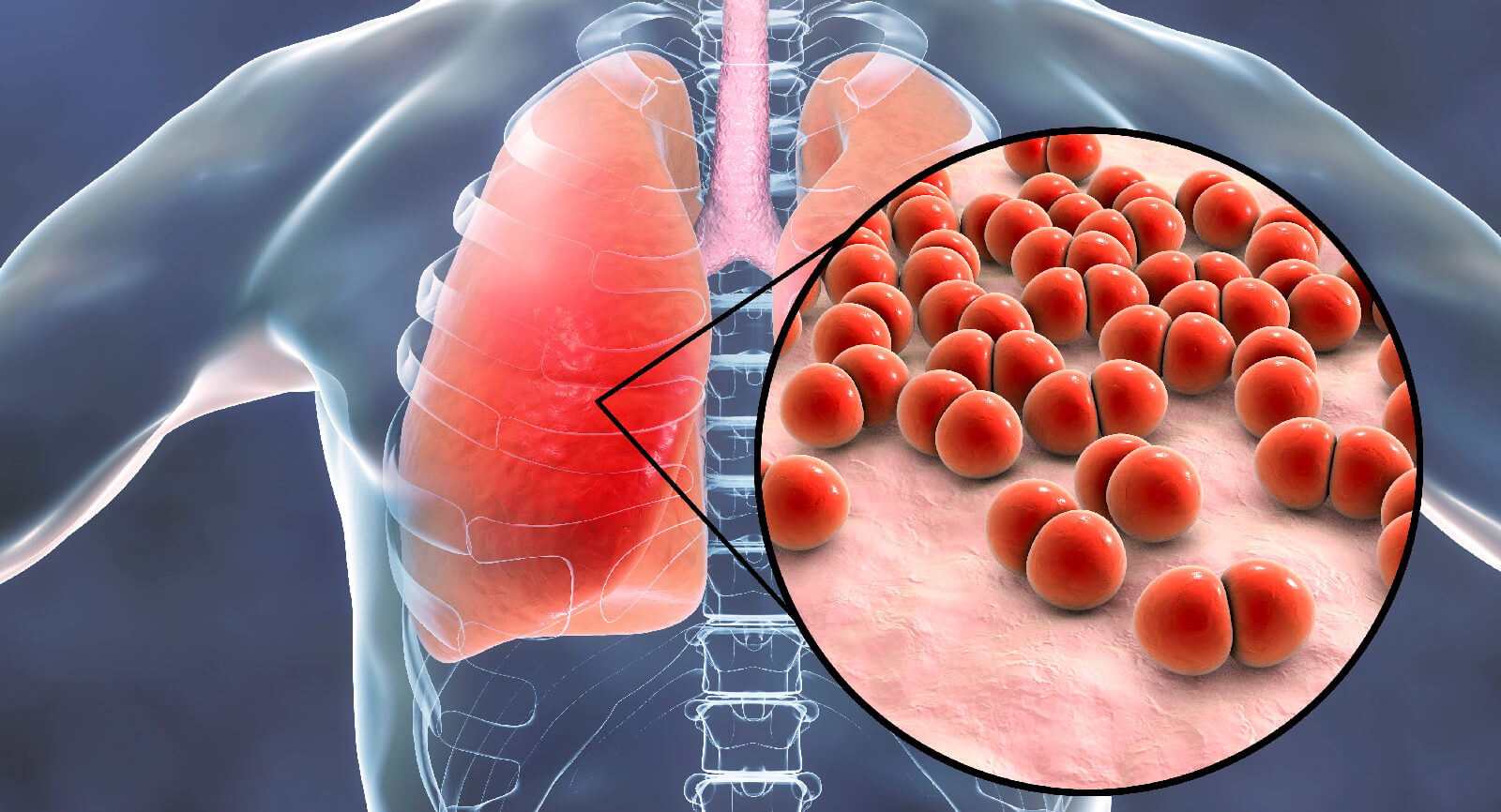A important advancement in healthcare technology, the rise of wearable gadgets in critical care empowers patients and healthcare professionals in many ways. These devices continuously monitor and gather information on vital signs and other health factors. They are often worn on the body or built into clothing.
Here’s how wearable devices are transforming critical care:
Continuous Monitoring:
Real-time monitoring of vital indicators like heart rate, blood pressure, oxygen saturation, and respiration rate is made possible through wearable technology. By tracking a patient’s condition continuously, healthcare professionals can identify crucial changes earlier and avoid the need for repeated manual checkups.
Early Warning Systems:
Wearables come with sensors and algorithms that can recognize changes from the norm. The wearable can send out notifications when a patient’s vital signs start to decline or go outside of the typical range, allowing medical professionals to act quickly to stop problems from getting worse.
Remote Monitoring:
Wearable technology enables remote patient monitoring, expanding crucial care outside of the walls of a hospital or clinic. These devices can be worn by patients at home, and real-time data transmission to healthcare professionals is provided. This lessens the need for frequent hospital visits, which is beneficial for individuals with chronic disorders or those recovering from an illness.
Patient Engagement:
Wearable technology enables people to actively participate in their healthcare. Patients who have access to their own health information can better comprehend their conditions, follow treatment regimens, and alter their lifestyles. This involvement may result in better results and fewer readmissions to the hospital.
Data Integration:
Electronic health records (EHRs) and clinical decision support systems can incorporate wearable device data to give healthcare professionals a complete picture of a patient’s past and present health. The decision-making and care quality are improved by this integration.
Reduced Healthcare Costs:
Wearable technology can assist in reducing healthcare expenses by enabling earlier interventions and minimizing the need for hospital readmissions. Costly hospital stays can be reduced and patients can be monitored in less expensive outpatient settings.
Improved Patient Experience:
Wearable devices can assist in reducing healthcare expenses by enabling earlier interventions and minimizing the need for hospital readmissions. Costly hospital stays can be reduced and patients can be monitored in less expensive outpatient settings.
Customization and Personalization:
Wearable devices can be customized to meet the demands of each unique patient. Depending on the patient’s condition, parameters and thresholds can be modified to provide a more tailored healthcare experience.
Research and Population Health:
Wearable device data can be used for research and population health studies. This data can be used to discover trends and patterns in health and disease, resulting in more effective public health programs.
Chronic Disease Management:
Wearable devices are extremely useful in the treatment of chronic diseases such as diabetes, hypertension, and heart disease. Patients can have their health monitored continuously and receive prompt interventions to avoid consequences.
Post-Surgery and Rehabilitation:
Wearable gadgets are becoming more prevalent in post-operative and rehabilitative settings. They aid in tracking a patient’s progress and ensuring that healing is proceeding as planned, lowering the chance of problems.
Finally, wearable devices are transforming critical care by offering continuous monitoring, early diagnosis of problems, and increased patient participation. These devices deliver real-time data to both patients and healthcare practitioners, resulting in improved patient outcomes, lower healthcare costs, and a more patient-centric approach to critical care. Wearable gadgets’ role in healthcare is projected to increase even further as technology advances, making vital care more accessible and effective.







